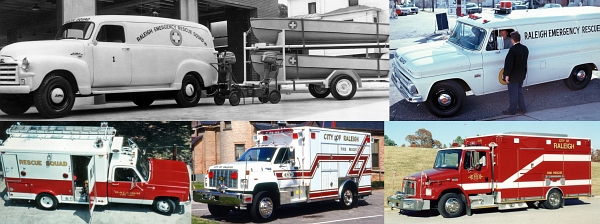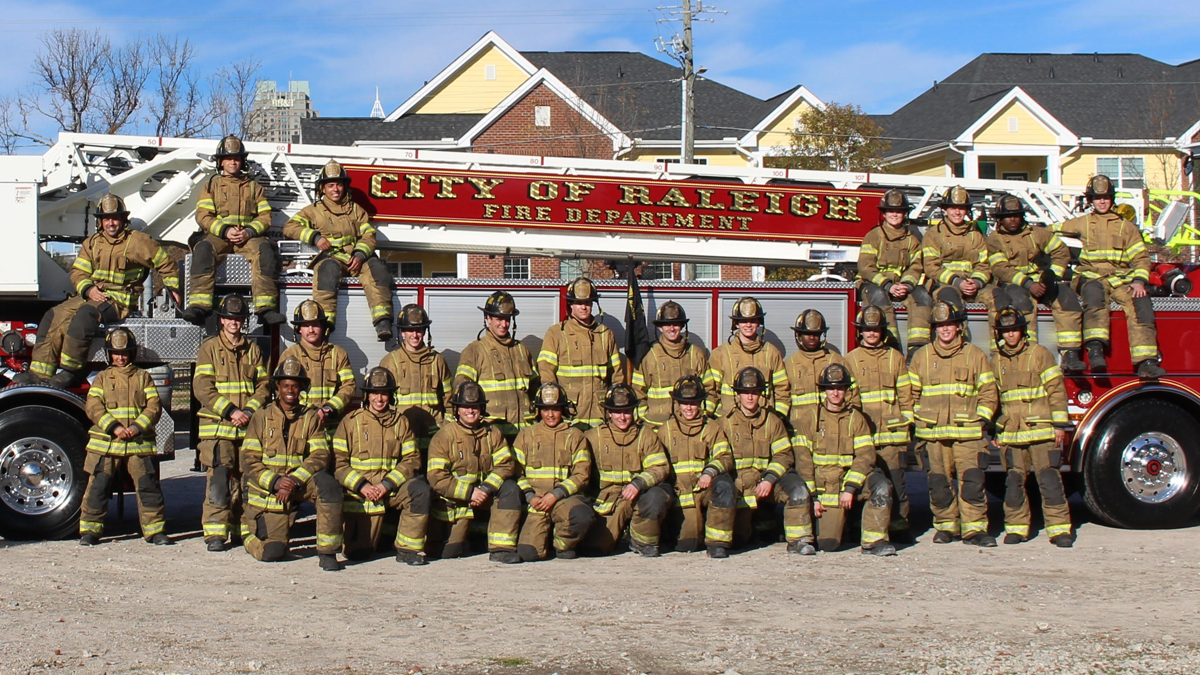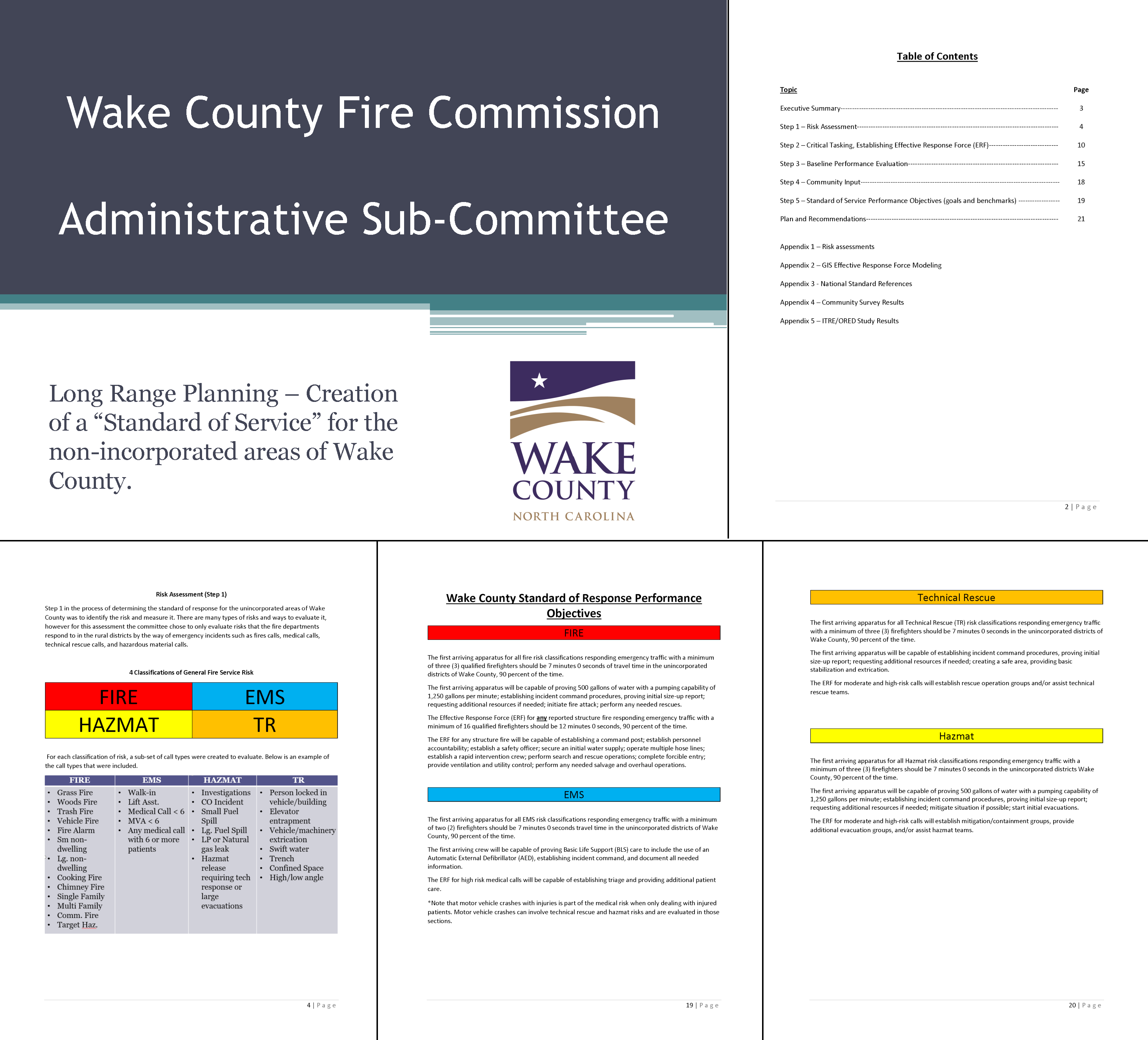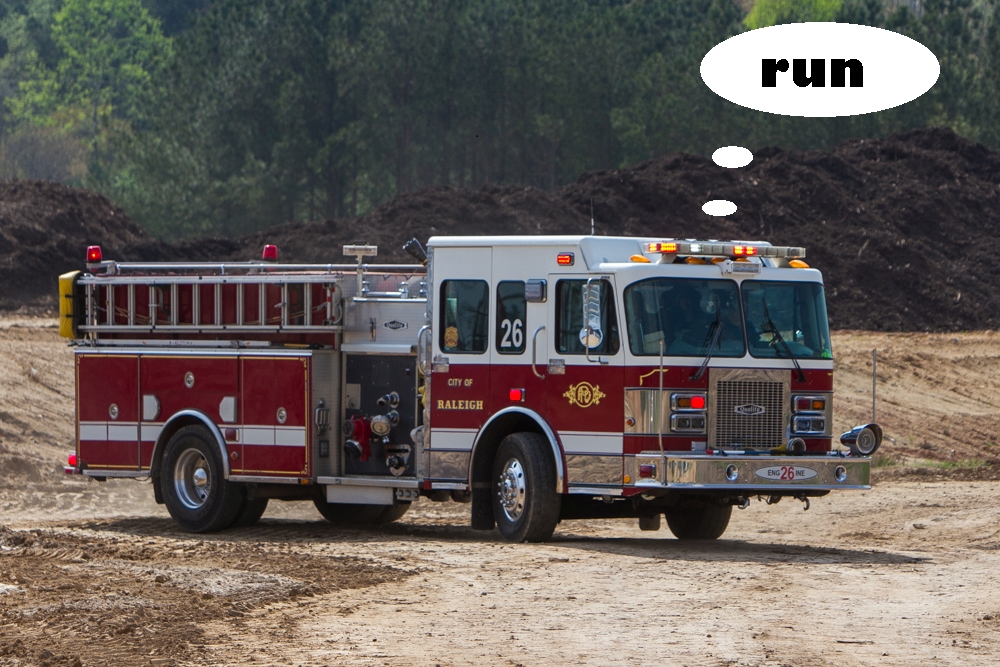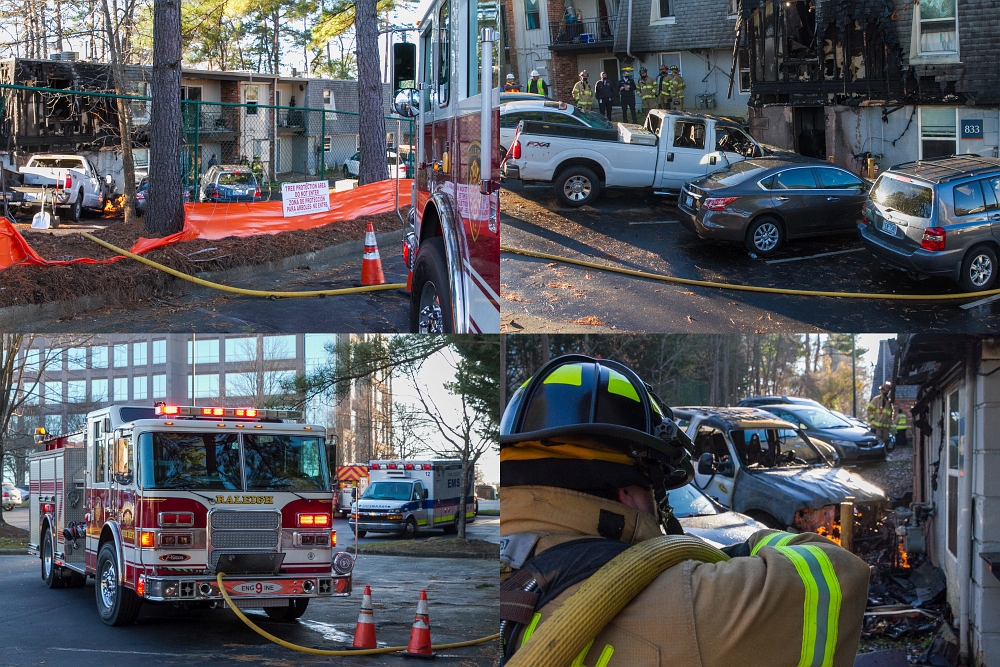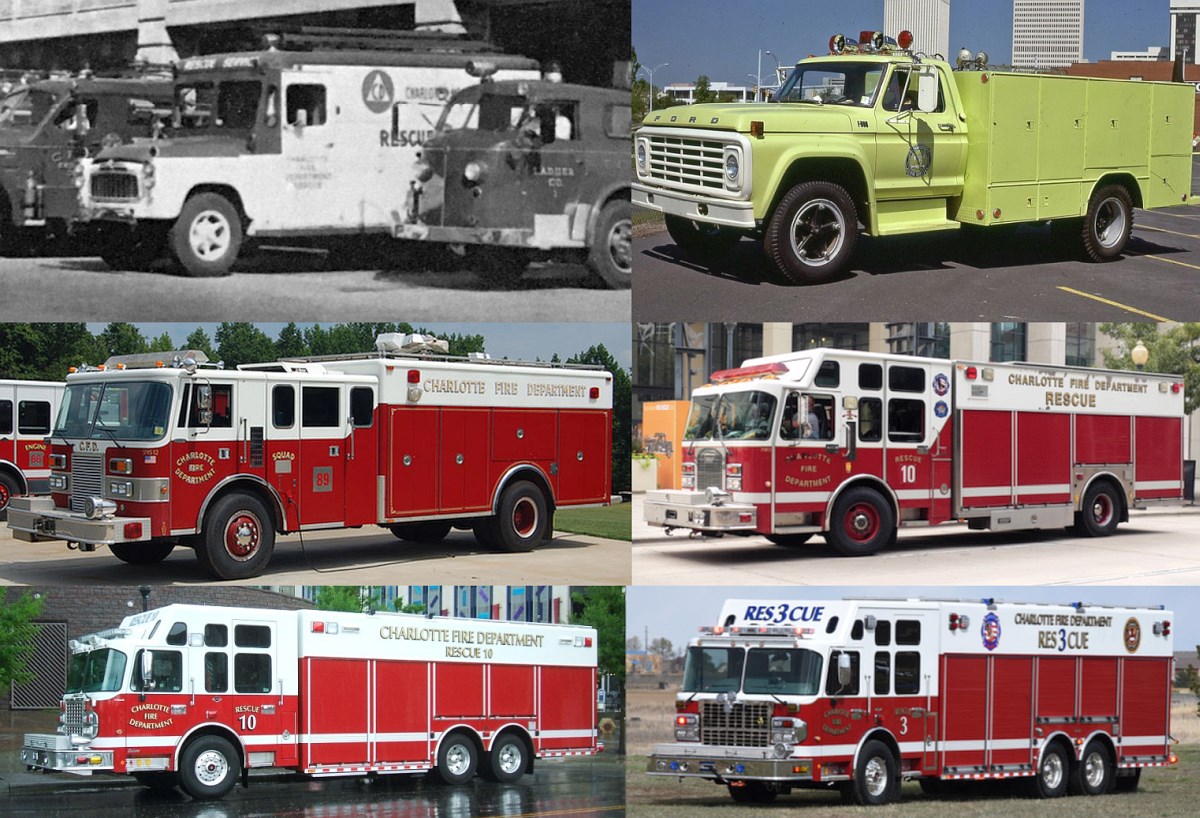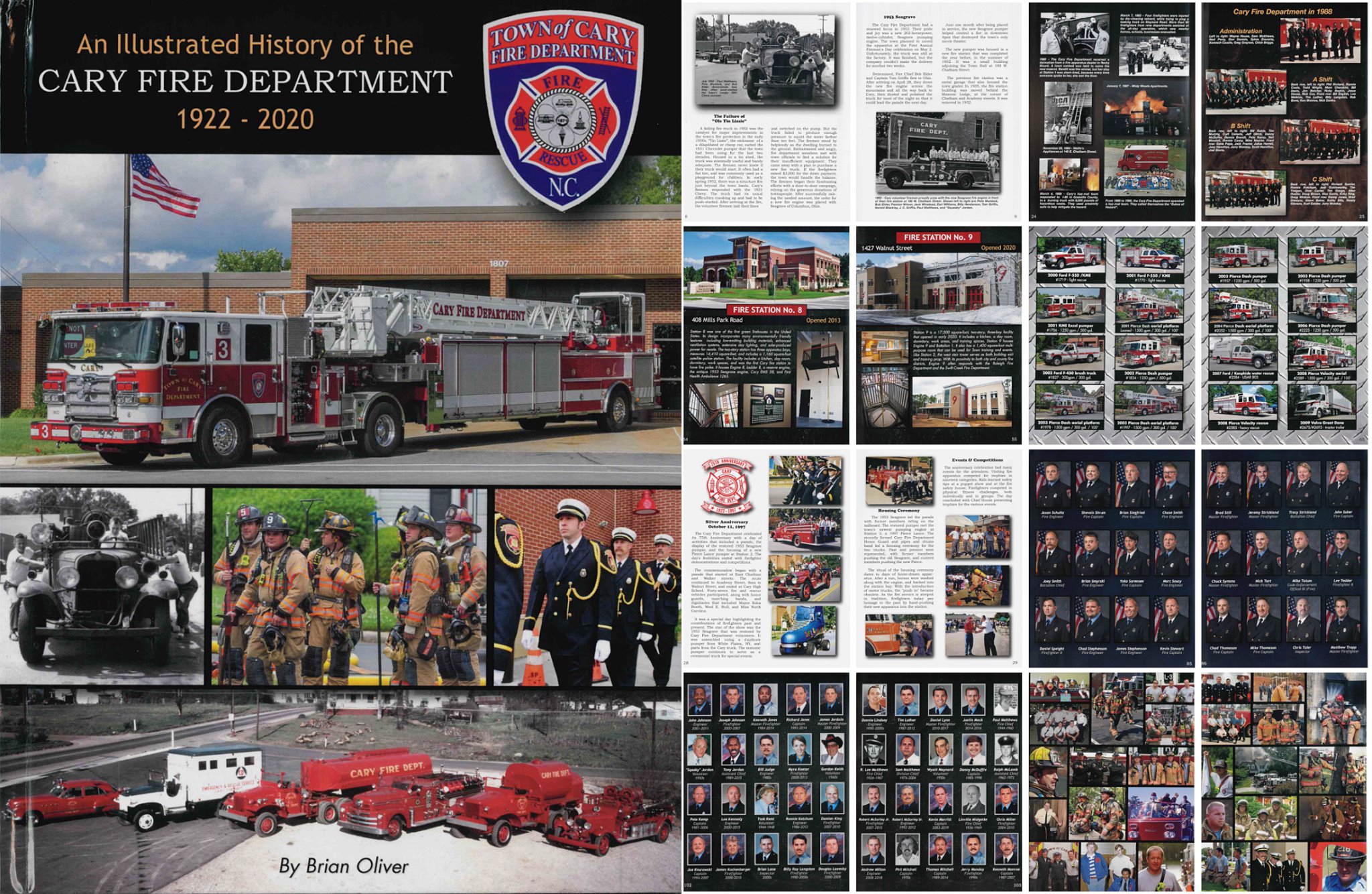This posting was first posted on Facebook in October 2019.
Let’s log some thoughts about the searching of newspaper archives, for the collective benefit of current and future researchers.
Today we’re searching the Asheville Citizen Times archives, via newspapers.com, via their seven-day free trial. Which may get extended to a full, paid month, depending upon need. And the search subject is state firemen’s conventions.
You’ll recall that we’ve mentioned newspapers.com numerous times before, as it’s available via free access from the North Carolina State Government Library web site. Get a free library card from them and, boom, go.
Except… that newspapers.com resource is called North Carolina Historical Collection and does NOT include the Asheville Citizen Times. Similar to the absence of non-public domain issues (post-late 1920s) of the News & Observer, the Charlotte Observer, and the Greensboro News & Record, for example. Those require NewsBank subscriptions, by day, or week, or month.
Anyway, now that we’ve set-up our subscription, let’s commence searching. Access the site and drill down to the Asheville Citizen Times, under the “choose newspapers” option.
Now, what to search for? Let’s start with “firemen’s” and see where that leads. But that’s likely a bit broad. So we’ll try “firemen’s meeting” and, in a second search, “firemen’s convention.” (Does the site allow complex and/or searches, with multiple strings? Good question!)
And the default search results are “by relevance,” which means those articles that “score the highest” for that match. This works, except…
We’ll soon realize that there are two types of articles. Those about conventions OUTSIDE of Asheville, and those that took place in the city. Or in nearby locations, like Hendersonville, which was a one-time host.
So let’s further refine our search. First, consult a master list of conference locations, via Google, via Mike’s pages. From there, let’s go year-by-year, for those events that took place in Asheville.
Changing our search parameters, let’s search on the first one, “July 1892.” That will restrict searches to only those issues of the “Citizen Times” (then, just the Asheville Citizen) to that month. From there, let’s search on “firemen’s” alone. From there, let’s sort the results by oldest to newest. From there, let’s find the first mention of the coming convention.
By doing this whole-month search, we can see both the big/full stories—during the week of the event—and the smaller ones. Mentions of city preparations. List of the program. Maybe even some advertisements targeted at firemen.
For each found story, we will save a copy, by “printing” a JPEG version, which we’ll save to our local computer. The file name will have the paper name plus date, which will makes for terrible file sorting. Later, he will manually rename each file, and add YYYY-MM-DD to the beginning. Or cheat and use his program Flash Renamer.
After all this, we’ll do another search on “fireman’s” instead of “firemen’s.” Also one without the hyphen. And if I searching for other topics, the keywords could include “fire truck”, “fire engine”, “fire apparatus,” “fire horse”, “fire steamer,” “fire house”, “firehouse”, “fire station”, “fire company”, “fire fighter”, etc.
And there you have a few notes on the subject of searching.
And from there’ll, we will rinse and repeat with “colored firemen” and “colored firemen’s”, to find those even-more-rare stories about the state’s colored firemen’s association conventions. Those were also held for decades.

